For the first time, researchers at the University of British Columbia have demonstrated how to reliably produce an important type of human immune cell-known as helper T cells-from stem cells in a controlled laboratory…
Category: 7. Science
-
Astronomers Discover the First Galaxy-wide Wobbling Black Hole Jet in a Disk Galaxy – W. M. Keck Observatory
Rare, powerful jet strips star-forming gas from its host, offering new insight into how galaxies evolve
Maunakea, Hawaiʻi – Astronomers using W. M. Keck Observatory on Maunakea, Hawaiʻi Island have uncovered the largest and most extended…
Continue Reading
-
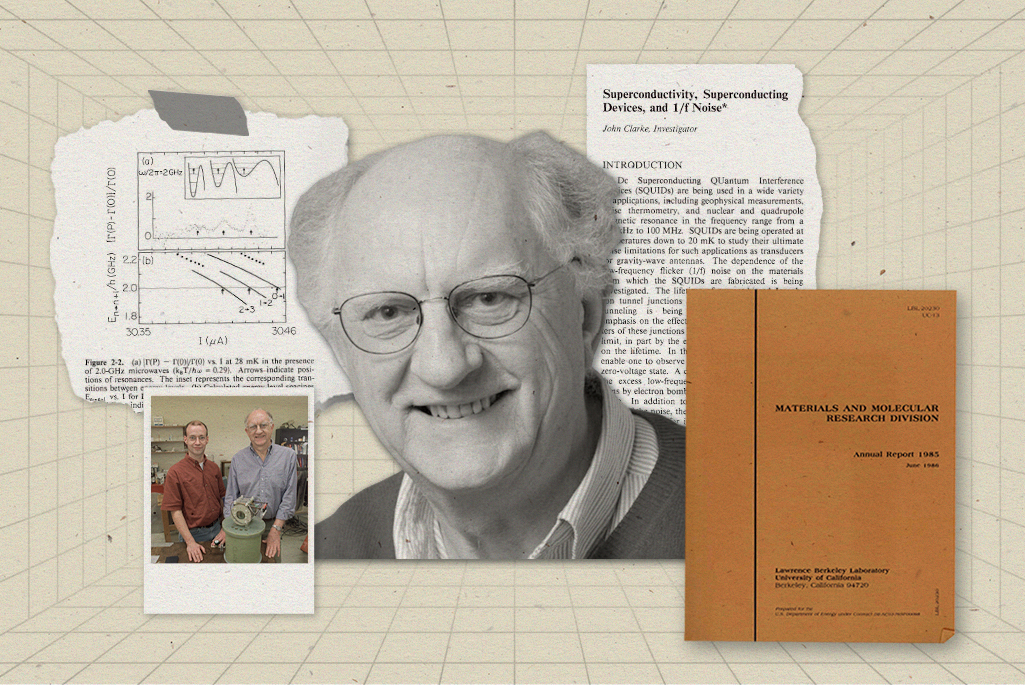
How John Clarke’s Nobel Prize-Winning Research Paved the Way for Quantum Computing – Berkeley Lab News Center
Key Takeaways
- John Clarke, a former scientist at Berkeley Lab, shared the 2025 Nobel Prize in Physics for discovering quantum tunneling in an electric chip.
- This research, conducted at Berkeley Lab in the 1980s by Clarke and co-laureates…
Continue Reading
-
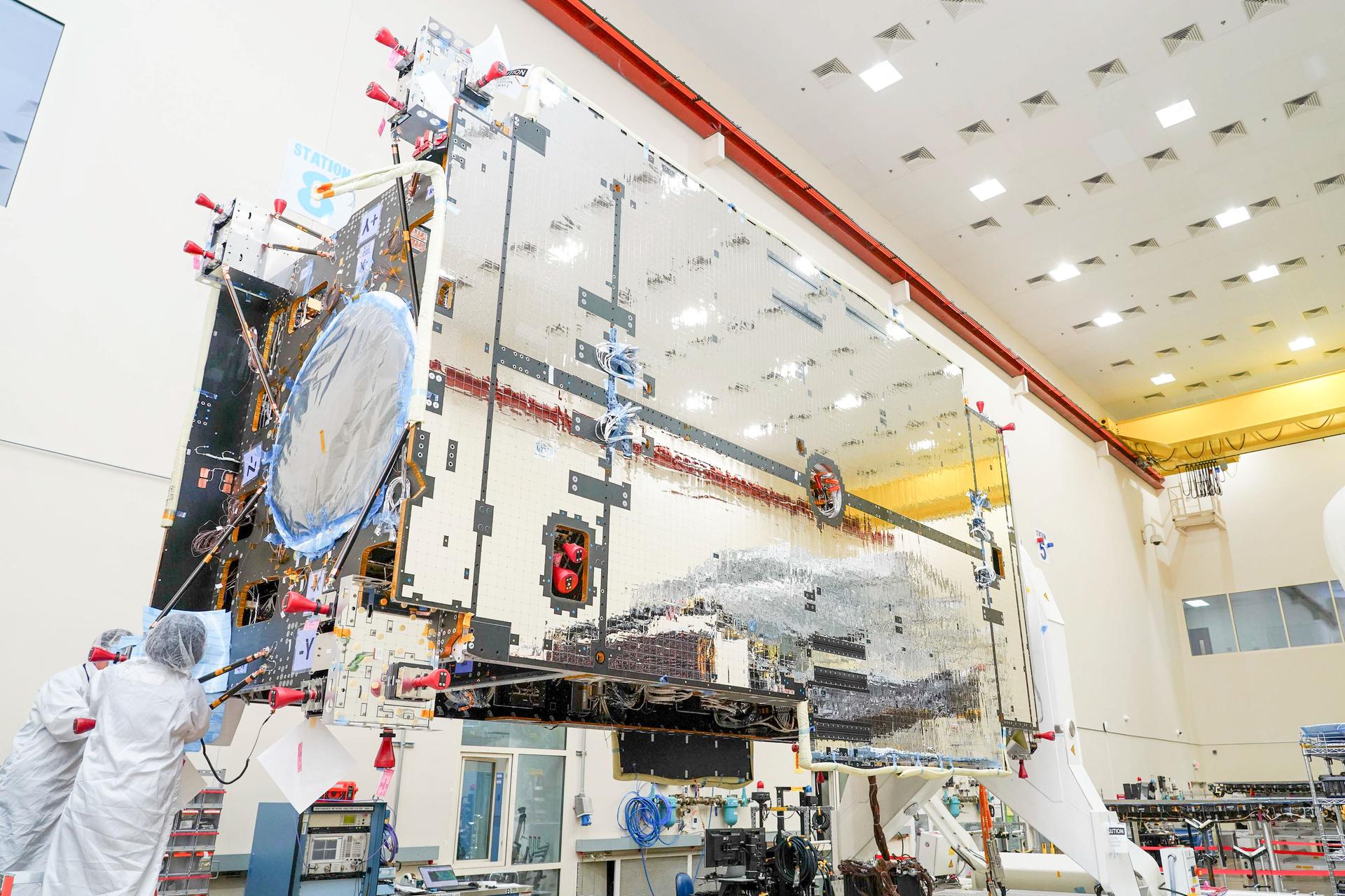
NASA Starts Up Gateway’s Power System for First Time
Development continues on NASA’s Power and Propulsion Element, a solar electric propulsion spacecraft designed to provide power for Gateway in lunar orbit.
Able to generate 60 kilowatts of power, the element was successfully powered on earlier…
Continue Reading
-
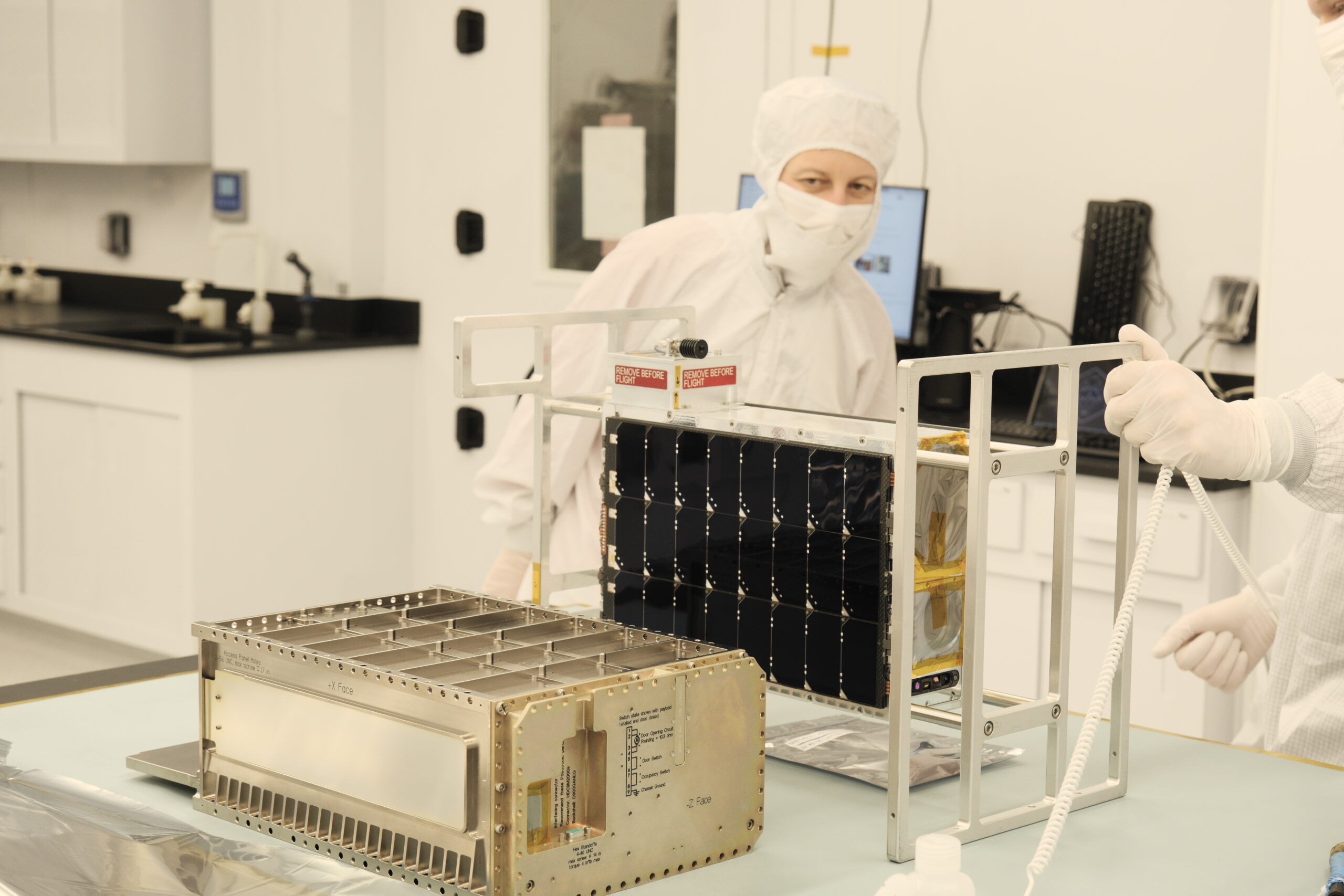
A cereal-box-sized space telescope heads for the stars
A small space telescope roughly the size of a family cereal box — having cleared its pre-shipment review by NASA last spring — is now at Vandenberg Space Force Base in California, where it will be readied for launch on a SpaceX…
Continue Reading
-
Oldest known poison weapons found in South Africa: study-Xinhua
CAPE TOWN, Jan. 8 (Xinhua) — Some 60,000-year-old poison arrows have been discovered inside a rock shelter in South Africa, identified as the world’s oldest known poison weapons.
The study, conducted by researchers from South Africa and…
Continue Reading
-
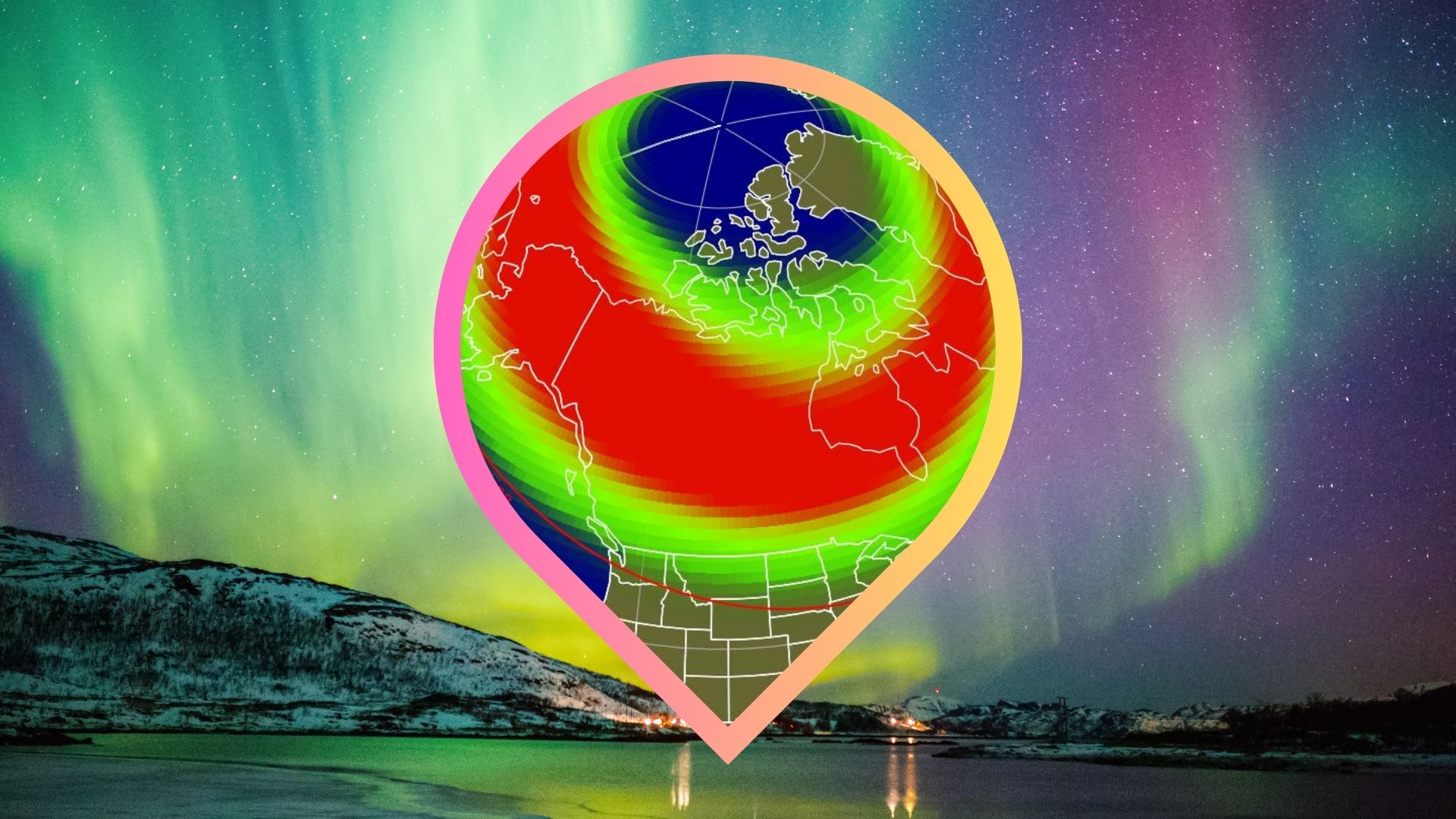
Northern lights may be visible in 12 states Jan. 8-9
The northern lights could illuminate skies across the northern U.S. tonight (Jan. 8-9) according to the National Oceanic and Atmospheric Administration’s (NOAA) Space Weather Prediction Center (SWPC).
An incoming stream of fast solar wind from…
Continue Reading
-

Milner Library enters new open access agreement with Elsevier – News
Milner Library is pleased to announce a new agreement with Elsevier that expands open access publishing support for Illinois State University authors. This is the 13th open access agreement Milner Library has entered…
Continue Reading
-
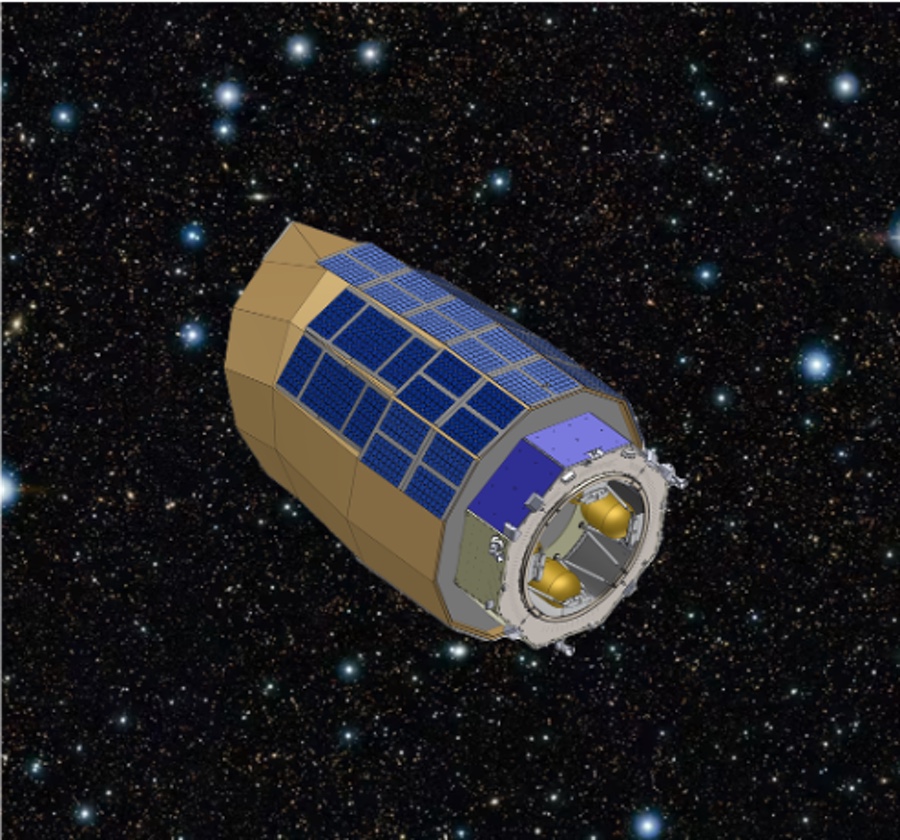
Private group unveils plans for large space telescope
PHOENIX — A billionaire-backed philanthropic organization is funding the development of a series of new observatories, including a space telescope larger than Hubble that its backers say can be built at a fraction of the cost and on a…
Continue Reading
-
Astronomers Find one of the Oldest Barred-Spiral Galaxies in the Universe – UMass Amherst
- Astronomers Find one of the Oldest Barred-Spiral Galaxies in the Universe UMass Amherst
- Pitt student finds familiar structure just 2 billion years after the Big Bang EurekAlert!
- Scientists May Have Just Identified One of the Earliest Known Barred…
Continue Reading
